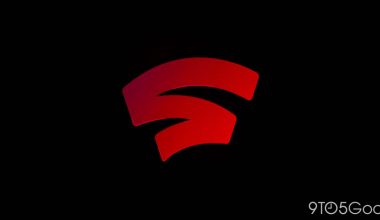Our preliminary test findings demonstrate that the new 3500MHz 5G system is significantly increasing data speeds in Toronto, making Rogers a speed-competitive carrier for the first time in years.
We’re just getting started with a drive test across the whole of Canada to evaluate how well 3500MHz works there. Users of newer Samsung Galaxy S models or iPhones from Rogers, Bell, and Telus, as well as those with latest iPhones, can currently access the spectrum.
In Toronto, we conducted a day’s worth of initial testing, and we discovered that 3500MHz alters the dynamic. The system may more than double 5G performance, and the top Canadian 3500MHz speeds are faster than any US mid-band network.
Not precisely apples to apples, this graphic. Bell drove me to the finest test locations whereas Rogers simply provided me a coverage map and instructed me to explore on my own. But even without visiting the very best websites, Rogers’ performance in 2021 increased significantly. The two 2021 outcomes displayed are from the period of our drive-tests.
Cogeco (Opens in a new window) would be able to start providing mobile service in Toronto and other areas of the nation, relying more on renting the Big Three networks than on their relatively meager 3500MHz allotments. Although they have shown a desire to, they have not yet provided more specific plans.
The additional mid-band bandwidth of Verizon and T-Mobile in the US has caused a significant expansion of their wireless home ISP services. Bell and Rogers haven’t paid much attention to it up to this point, but I anticipate that Sasktel, Xplornet, and TBayTel, among others, will eventually use their 3500MHz to beam residential internet to new users.
Next week, we will begin a Fastest Mobile Networks Canada road trip where we will test the new technologies.
and







